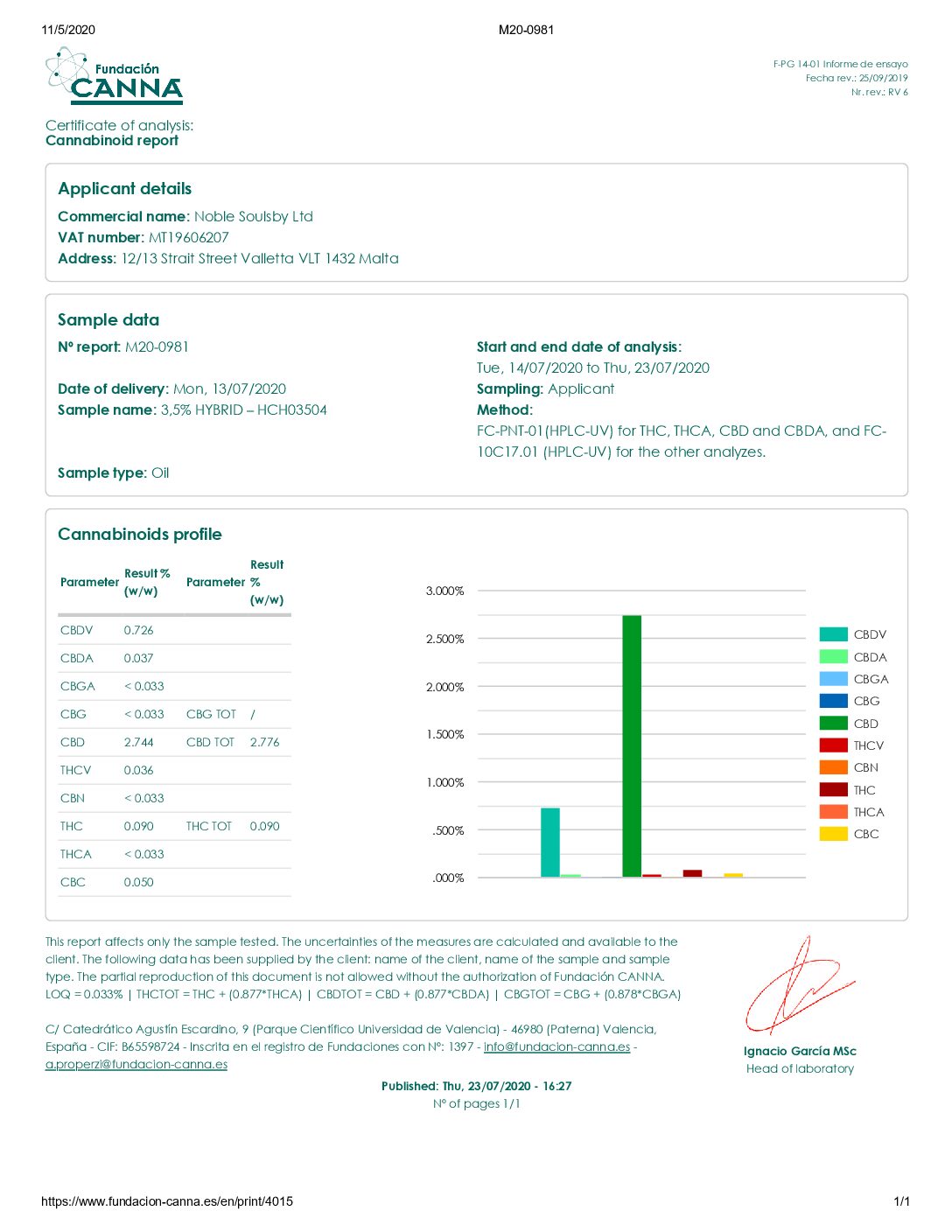Description
RASPBERRY LEAVES
Rubus idaeus
Who doesn’t love sweet Raspberries – surely, they are one of the greatest of summer’s delights! The popular fruits are very fragile and don’t keep well, but there is nothing like feasting on these nutrient and vitamin rich fruit. But not only the fruits are healthful – the leaves too have been used for centuries. In many parts of Europe the leaves are cured, which brings out their rose-like fragrance, and used as general ‘house-tea’ much like regular black tea. Leaves and berries have also been used as flavouring for other medicines, but they have never been official in any of the European or North American pharmacopoeias.
Traditional
Though never recognised as ‘official’, that doesn’t mean Raspberry leaves have no medicinal virtues. They are best known for their astringent and toning powers, which are particularly valued as uterine tonic during pregnancy. This use is not only traditional in Europe but also among Native Americans. The Cherokees, like the Gypsies also used a strong infusion to ease pain of a difficult birth. The use of Raspberry leaf tea as a general uterine tonic appears to have been popularised by Thompson, a famous American herbalist of the early 19th century. European Gypsies also use the leaves to treat frigidity and impotence. Raspberry leaves are used for their astringency to control diarrhoea, especially the kind of summer diarrhoea children often get, and as a gargle for a sore throat. They also seem to have a restorative action and some sources recommend them as a tonic for the kidneys and adrenal glands. Feeble children are said to improve when given raspberry leaf tea. The leaves and fruit act cooling in cases of fever. Externally, a poultice of mashed leaves is applied to wounds and a lotion is used to treat inflamed or sore eyes. Raspberry tea is said to reduce lacrimation when there is no emotional cause.
Magical
The berries are considered aphrodisiac and make wonderful ambrosial food. The leaves can be used as a base for a ritual cup, especially for rituals that honour the mysteries of the Great Mother.






